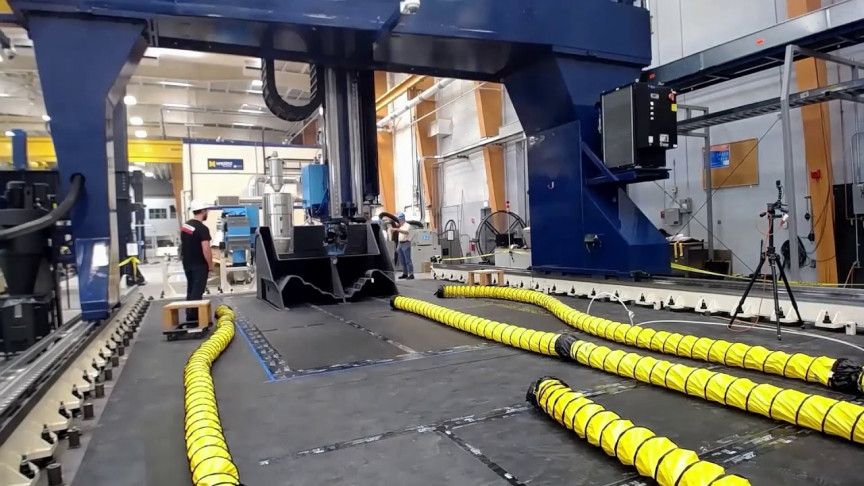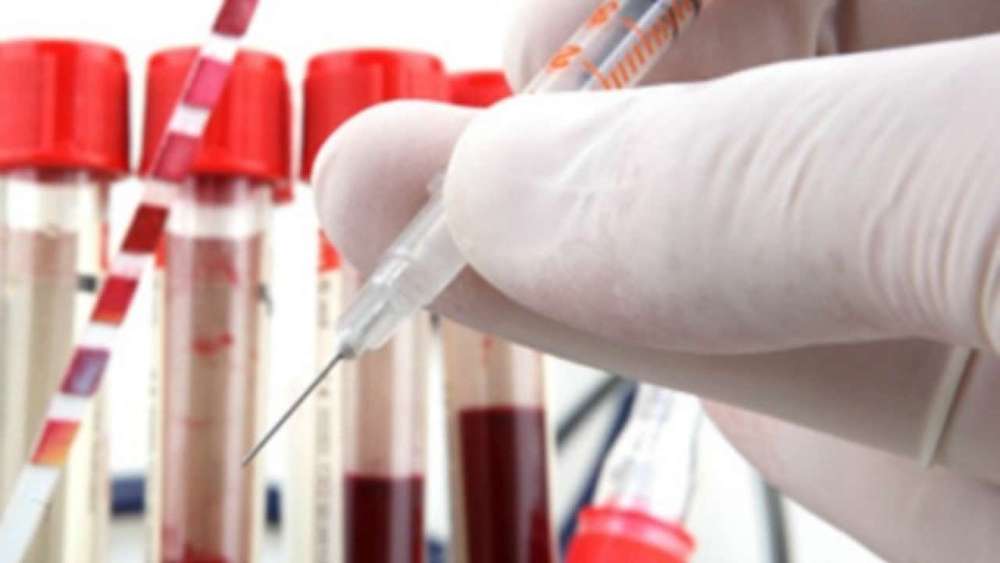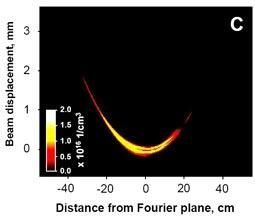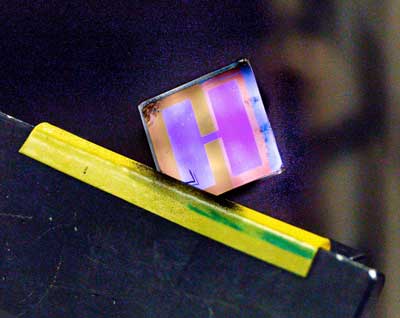Page 8527
Oct 13, 2019
Study finds method to diagnose Lyme disease within 15 minutes
Posted by Genevieve Klien in categories: biotech/medical, engineering
Researchers have developed a new treatment method capable of detecting Lyme disease in just 15 minutes.
Caused by Borrelia burgdorferi and transmitted by the bite of infected Ixodes ticks, Lyme disease if left untreated can cause serious neurologic, cardiac, and/or rheumatologic complications.
“Our findings are the first to demonstrate that Lyme disease diagnosis can be carried out in a microfluidic format that can provide rapid quantitative results,” said Sam Sia, professor of biomedical engineering at Columbia Engineering.
Oct 13, 2019
Black holes might not crush you after all—they could be even weirder than that
Posted by Genevieve Klien in categories: cosmology, singularity
Just when you thought one of the most bizarre things in space was something that eats massive amounts of light and energy and would probably shred you with its gravitational forces, what if it was something even harder to imagine?
Black holes are supposed to have a singularity—a point that is so small and dense we can’t even fathom it—in the middle of all that swirling light and gas. But what if at least some cosmic phenomena that look like black holes are actually cosmic objects full of dark energy? That is what astrophysicists Kevin Croker and Joel Weiner of the University of Hawai’i at Manoa recently published in a study in The Astrophysical Journal that tries to prove these hypothetical Generic Objects of Dark Energy (GEODEs) exist.
Oct 13, 2019
Tonight will be the darkest night of the past 500 years
Posted by Genevieve Klien in category: futurism
Thanks to a lunar eclipse on the longest night of the year, tonight we’ll be experiencing the longest, darkest night in a very long time. It’s been nearly 500 years since the last solstice lunar eclipse. Here’s what you’ll see.
Eclipse photo by Chris Hondros/Getty.
NYU science journalism professor John Rennie explains what you’re likely to see in the wee hours of the morning:
When ordinary light, whether it comes from science fiction projectors or a magic spell, seems to have (or really does have) actual substance, it’s Hard Light. Hard light objects behave like any other object — chairs support weight, bullets kill, razors shave, and so forth. An illusory person made of Hard Light can pick up real things and interact physically with real people, even though they don’t technically exist.
Strictly speaking, hard light is not holography. A hologram is a sort of three-dimensional projection. It is not solid. If something is solid, it is, by definition, not a hologram.
That said, it’s easy to imagine holography being used in tandem with some other technology (Deflector Shields, perhaps) to produce a projection which seems solid to observers. The Holographic Terminal in its “real world” form comes to mind.
Oct 13, 2019
World’s Biggest 3D-Printer Makes World’s Biggest 3D-Printed Boat
Posted by Omuterema Akhahenda in categories: 3D printing, employment

University of Maine’s Advanced Structures and Composites Center just printed a 25-foot, 5,000-pound boat, the largest object that has ever been printed. The exorbitant act earned the college no less than three Guinness World Records.
The awards are as follows: one for the world’s largest prototype polymer 3D printer, one for the largest solid 3D-printed object, and one for the largest boat which has ever been produced by a 3D printer. The 3D printer is designed to print objects as long as 100 feet by 22 feet wide by 10 feet high, and can print at 500 pounds per hour.
Continue reading “World’s Biggest 3D-Printer Makes World’s Biggest 3D-Printed Boat” »
Oct 13, 2019
Bendy laser beams fired through the air
Posted by Quinn Sena in categories: climatology, physics
2009
The Norse thunder god Thor deflected lightning with his hammer. Physicists could soon replicate this feat using curved laser beams.
Bending lightning around tall buildings and away from airports, power plants and other facilities is just one application for curved laser beams, says Jerome Moloney at the University of Arizona, Tuscon. He and his colleagues have now made the first such beams1. “The real novelty is that we can curve light in the lab,” he says.
Continue reading “Bendy laser beams fired through the air” »
Scientists discover the inner workings of an effect that will lead to a new generation of devices.
Oct 13, 2019
Welcome indoors, solar cells
Posted by Genevieve Klien in categories: internet, particle physics, solar power, sustainability
Swedish and Chinese scientists have developed organic solar cells optimised to convert ambient indoor light to electricity. The power they produce is low, but is probably enough to feed the millions of products that the internet of things will bring online.
As the internet of things expands, it is expected that we will need to have millions of products online, both in public spaces and in homes. Many of these will be the multitude of sensors to detect and measure moisture, particle concentrations, temperature and other parameters. For this reason, the demand for small and cheap sources of renewable energy is increasing rapidly, in order to reduce the need for frequent and expensive battery replacements.
This is where organic solar cells come in. Not only are they flexible, cheap to manufacture and suitable for manufacture as large surfaces in a printing press, they have one further advantage: the light-absorbing layer consists of a mixture of donor and acceptor materials, which gives considerable flexibility in tuning the solar cells such that they are optimised for different spectra – for light of different wavelengths.

















